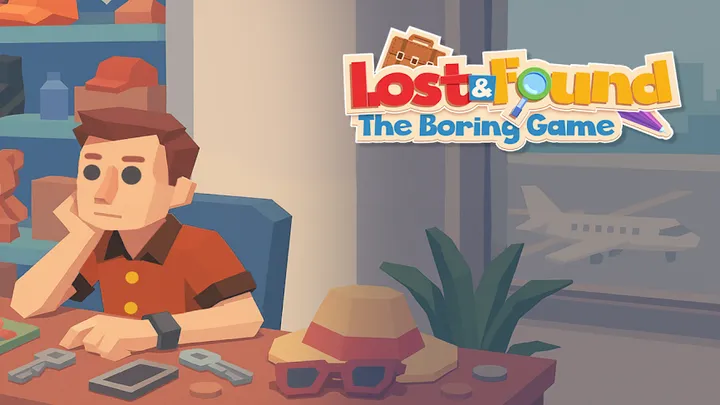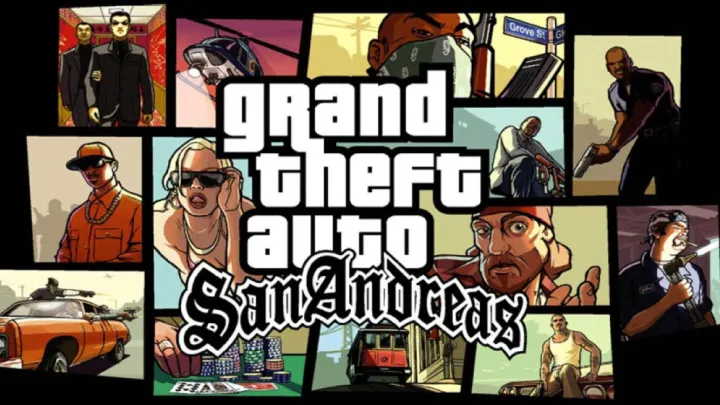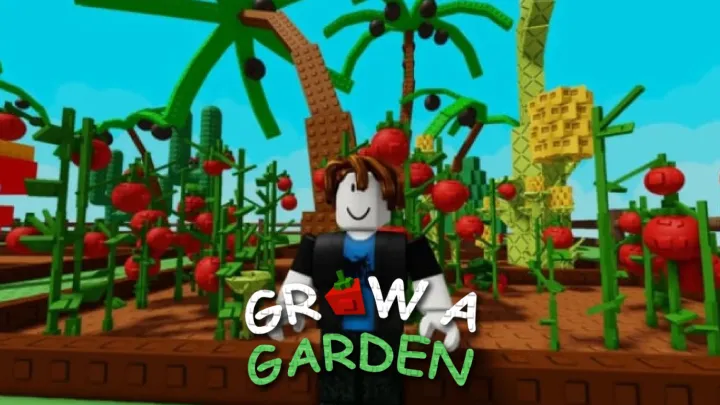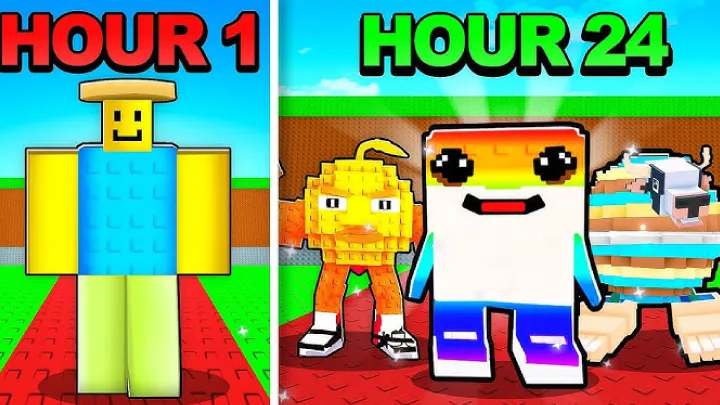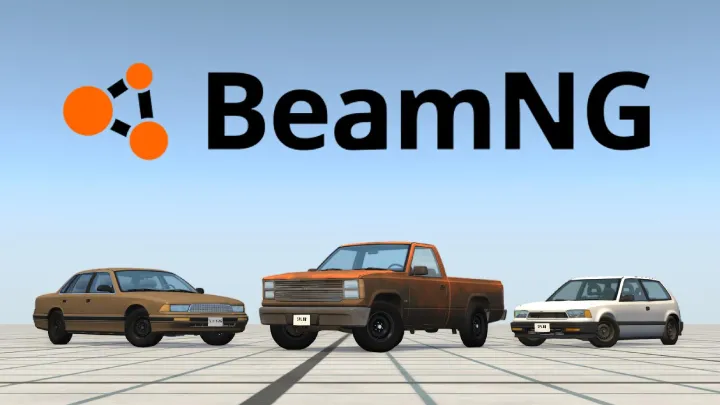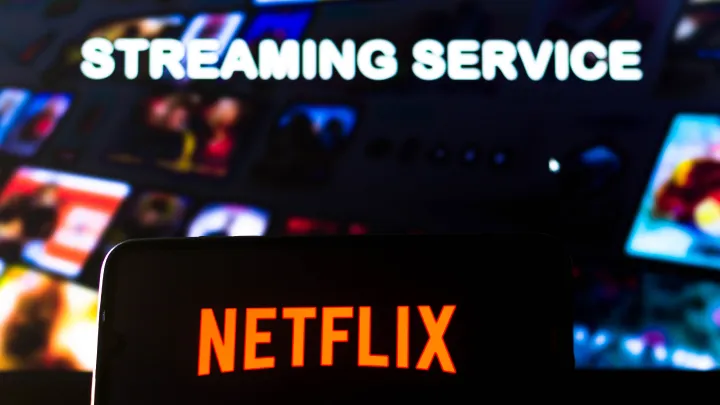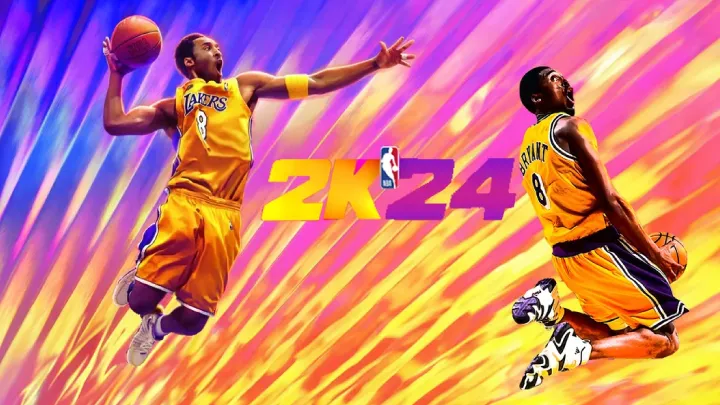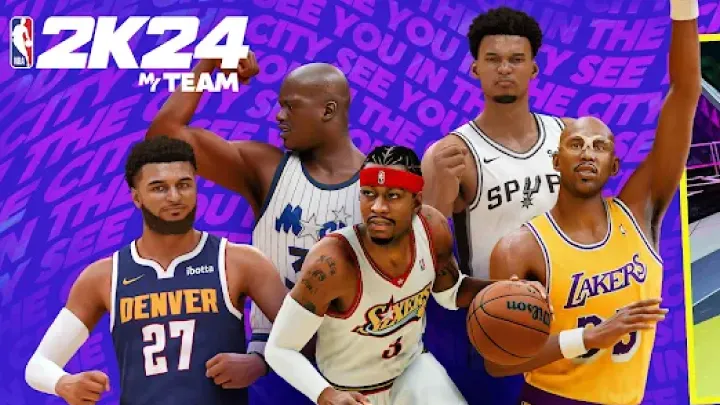Introduction
Stumble Guys has quickly become one of the most popular party battle royale games, bringing millions of players together to compete in fast-paced obstacle courses. Its lighthearted style and chaotic gameplay make it entertaining, but beneath the fun lies an important issue that deeply affects how players experience the game: competitive fairness. Whether you are a casual gamer or an aspiring pro, fairness is what makes victories meaningful. This article dives into the heart of that issue, exploring how pay-to-win mechanics, server inconsistencies, and player skill gaps shape the competitive balance in Stumble Guys.
The Early Promise of Stumble Guys
When Stumble Guys first launched, it was embraced as a refreshing alternative to larger titles. The appeal came from its accessibility: simple controls, short matches, and hilarious physics that made every run unpredictable. For many, this chaotic yet balanced design seemed to offer a fair playing field. Everyone tripped, stumbled, and failed in equal measure, making victory all the sweeter. However, as the player base grew and monetization strategies intensified, this sense of equality began to shift.
The Rise of Pay-to-Win Concerns
One of the biggest debates in the Stumble Guys community revolves around the introduction of paid advantages. While skins and cosmetic items are expected in free-to-play games, Stumble Guys added features such as special emotes that can influence gameplay. For example, the punch, grab, and slide mechanics—originally fun gimmicks—became tools that could drastically alter the outcome of a match. Players who invested money gained access to these advantages, creating a noticeable divide between free players and paying ones.
Cosmetic vs. Functional Purchases
Cosmetic skins typically do not affect gameplay, but functional emotes do. A player with access to punch can eliminate rivals more easily, while free players rely only on luck and raw skill. This imbalance transforms matches into contests not only of skill but also of financial investment.
Community Reaction
The community has been vocal, with some players embracing the fun chaos and others criticizing the unfair advantage. Social media discussions, YouTube breakdowns, and Reddit threads highlight frustration among free players who feel excluded from the highest levels of competition.
Server Stability and Regional Disparities
Another layer of fairness lies in technical performance. Server lag, inconsistent hitboxes, and delayed inputs can make or break a match. Players in regions with weaker server infrastructure often feel disadvantaged, as their reactions cannot match those with lower ping.
The Hidden Cost of Lag
Imagine reaching the final round only to lose because your jump registered half a second late. For competitive-minded players, such outcomes feel deeply unfair, eroding trust in the game’s systems.
Developer Responsibility
Maintaining stable servers across a global player base is a monumental challenge. Yet, fairness demands that developers prioritize this, especially as Stumble Guys continues to grow into an e-sports-like environment.
Skill Gaps and Learning Curves
Fairness also relates to how accessible the game is for new players. At first glance, Stumble Guys appears easy to learn. However, mastering movement, obstacle timing, and emote usage creates a steep skill curve. New players often face veterans who dominate matches, making it difficult for beginners to succeed.
Accessibility vs. Mastery
A well-balanced game allows both new players and veterans to enjoy themselves. The question is whether Stumble Guys has struck the right balance, or whether it leans too heavily toward rewarding veterans and paying players.
The Competitive Scene and Content Creators
Content creators play a massive role in shaping the community. YouTubers and streamers showcase advanced strategies, creative emote usage, and clutch victories, setting new standards for competitive play. While this raises the skill ceiling, it can also widen the gap between average players and elite ones.
Positive Influence
Creators keep the game alive by generating excitement, hosting tournaments, and teaching tricks.
Negative Influence
However, the spotlight on emote-based tactics often normalizes pay-to-win strategies, further emphasizing the fairness debate.
Tournament Play and Organized Competitions
As Stumble Guys grows, organized tournaments are emerging. These competitions highlight fairness issues more clearly than casual play. When money or reputation is on the line, even small imbalances—like access to a punch emote—become magnified.
The Push for Standardization
Tournament organizers often ban emotes or limit certain advantages to preserve fairness. This shows that the community recognizes the problem and seeks solutions.
Developer Response and Updates
The developers of Stumble Guys have acknowledged some of these concerns. Updates have attempted to balance gameplay by tweaking emote power or introducing new mechanics. Yet, critics argue that the core issue remains: paid items can still create significant advantages.
Future Directions
Possible solutions include separating casual and competitive modes, removing pay-to-win mechanics, or offering more ways for free players to unlock functional emotes through gameplay rather than purchases.
Social Dynamics and Player Morale
Fairness in Stumble Guys is not only about mechanics—it’s about how players feel. When players believe the game is stacked against them, frustration builds, leading to decreased engagement and even player loss. Conversely, when victories feel earned, morale rises and the community thrives.
Toxic Behavior
Unfair systems also breed toxicity. Players taunt or ridicule those without emotes, further deepening the divide.
Lessons from Other Games
Looking at other competitive titles reveals valuable lessons. Games like Fortnite, Apex Legends, and Rocket League have navigated fairness debates by restricting pay-to-win elements and focusing monetization on cosmetics. Stumble Guys can learn from these examples, adopting practices that prioritize fairness while still generating revenue.
The Road Ahead for Stumble Guys
The question remains: will Stumble Guys embrace fairness as a core principle, or will it continue to lean into monetization strategies that risk alienating its player base? The game’s long-term success depends on this decision. If developers find the right balance, Stumble Guys could transition from a casual party game into a respected competitive title.
Conclusion
Stumble Guys is undeniably fun, chaotic, and addictive. Yet, the issue of competitive fairness casts a shadow over its success. From pay-to-win mechanics to server lag and skill disparities, fairness touches every aspect of the game. The community’s passion demonstrates that people care deeply about these issues. For Stumble Guys to thrive in the long run, fairness must be more than a buzzword—it must be a promise upheld by developers and embraced by players alike.
